8 Auto Maintenance Tips to Keep Your Old Car Running Smoothly
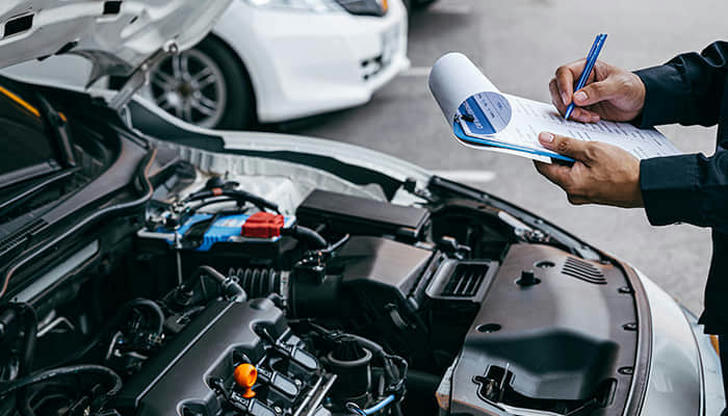
If you’ve ever found yourself stuck on the side of the road or worrying about whether your car will make it through another trip, you’re not alone. As vehicles age, they inevitably start to show signs of wear and tear. But here’s the good news: you can extend the life of your car and avoid those costly repair bills with a little bit of regular maintenance.
No one enjoys the surprise of a hefty mechanic’s bill, and with the right care, you can minimize those unexpected costs. By fixing small problems before they turn into major issues, you reduce the strain on your vehicle, keeping it reliable and safe. This not only makes your driving experience more relaxed but also gives you the peace of mind you need for your daily commute.
In this article, we’ll share 8 essential maintenance tips that will help keep your aging vehicle running smoothly. These practical tips will help you avoid breakdowns, save money on repairs, and ensure that your car continues to serve you well for years to come. Let’s dive in and get started on making your car as dependable as ever!
Regular Oil Changes
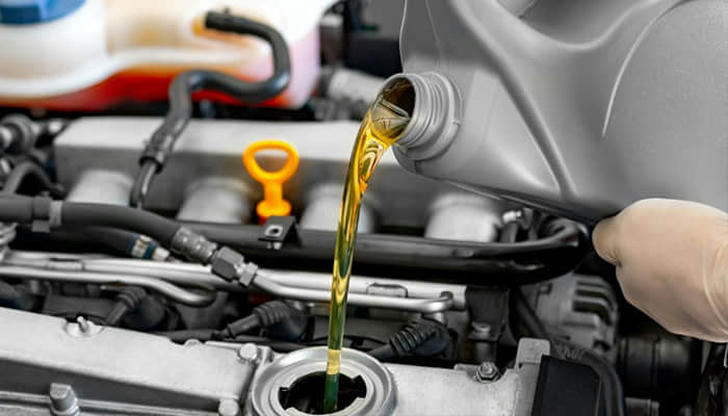
Regular oil changes are a cornerstone of keeping your old car running smoothly. But here’s a tip that might not be widely known: consider using high-mileage oil if your car has over 75,000 miles. This type of oil is formulated with additives that help protect aging engines, reduce oil consumption, and minimize leaks.
Also, don’t just follow the standard oil change interval of every 3,000 to 5,000 miles. Older engines may benefit from more frequent oil changes due to increased wear and tear. Check your owner’s manual or consult with a mechanic to determine the best schedule for your vehicle.
Lastly, when you change the oil, make sure to replace the oil filter. A clean filter ensures that the new oil remains free of contaminants, which helps protect your engine and maintain its performance.
Check and Replace Fluid Levels
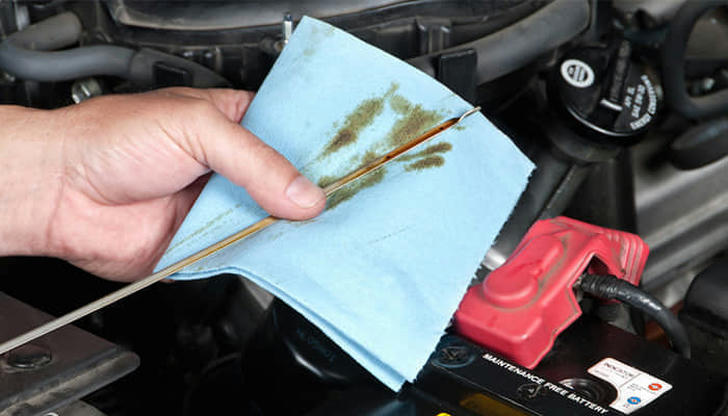
Keeping an eye on your car’s fluid levels is crucial, but it’s easy to overlook some of the less obvious fluids. For example, don’t forget about the power steering fluid. As your car ages, the seals in the power steering system can wear out, leading to fluid leaks and steering issues. Regularly checking and topping off the power steering fluid can help prevent problems and keep your steering smooth.
Similarly, the differential fluid is another often-overlooked fluid that plays a key role in keeping your car’s drivetrain running smoothly. It’s especially important for vehicles with rear-wheel drive or all-wheel drive systems. Over time, this fluid can break down, leading to increased friction and wear on your differential. Check the level and condition of this fluid regularly, and replace it according to your vehicle’s service schedule.
Inspect and Maintain the Battery
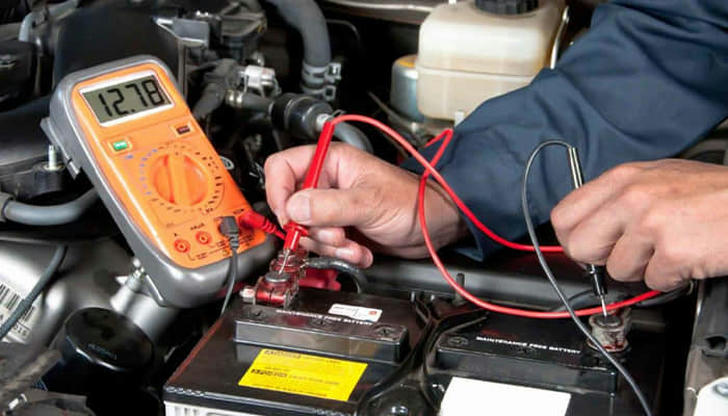
Maintaining your car’s battery goes beyond just checking its charge. A lesser-known tip is to regularly inspect the battery terminals for corrosion. Corrosion can build up on the terminals and affect the battery’s performance. To clean the terminals, use a mixture of baking soda and water, along with a wire brush. Make sure to disconnect the battery cables before cleaning to avoid short-circuiting.
Also, if you live in an area with extreme temperatures, consider using a battery insulator or heat shield. These accessories can help protect your battery from temperature extremes, which can shorten its lifespan. Lastly, if your battery is over three years old, it’s worth having it tested regularly. Many auto parts stores offer free battery testing, which can help you catch potential issues before they leave you stranded.
Keep the Tires in Good Condition
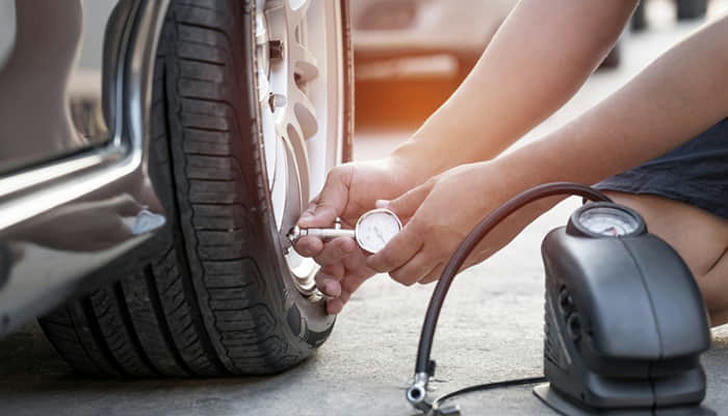
Maintaining your tires isn’t just about checking the tread and keeping them properly inflated. Here’s a pro tip: invest in a tire pressure monitoring system (TPMS) if your car doesn’t already have one. These systems alert you to low tire pressure, which can prevent uneven wear and improve fuel efficiency.
Another often-overlooked aspect is tire alignment. Misalignment can cause your car to pull to one side, lead to uneven tire wear, and reduce fuel efficiency. Have your alignment checked regularly, especially if you notice any steering issues or if you’ve hit a pothole or curb. Additionally, rotating your tires regularly ensures even wear and extends their lifespan. Aim to rotate them every 6,000 to 8,000 miles or according to your vehicle’s recommendations.
Regularly Check and Replace Filters
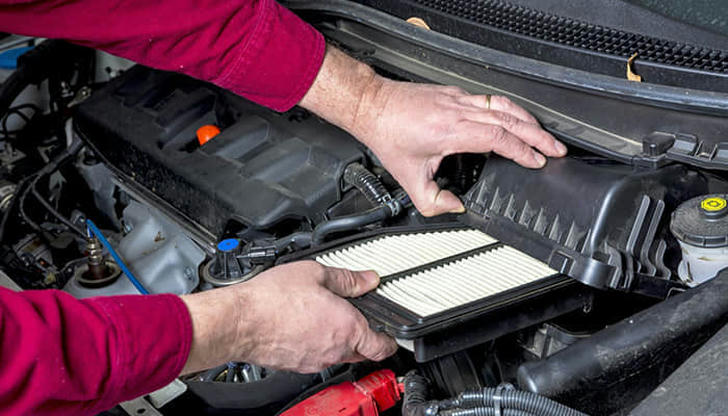
Filters play a crucial role in keeping your car running smoothly, but they’re often forgotten until they cause a problem. Here’s a tip: check the cabin air filter more frequently, especially if you drive in dusty or polluted environments. A clogged cabin air filter can reduce airflow and make your air conditioning system work harder, which can decrease its lifespan and efficiency.
For the engine air filter, consider using a high-performance filter if you want to improve engine efficiency. These filters often have a higher dirt-holding capacity and better airflow, which can enhance engine performance and fuel economy. Regularly inspect the filter and replace it every 12,000 to 15,000 miles or as needed.
Don’t forget about the fuel filter. If it becomes clogged, it can restrict fuel flow to the engine and cause poor performance. Replace it according to your vehicle’s maintenance schedule or if you notice any signs of poor acceleration or starting issues.
Maintain the Cooling System
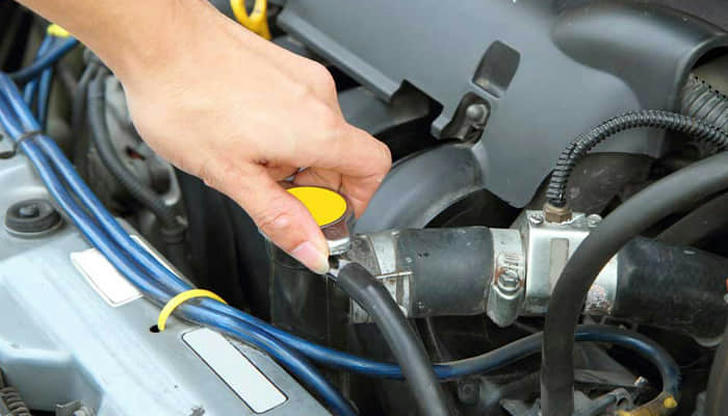
The cooling system is essential for preventing your engine from overheating, but it’s often neglected. Here’s a useful tip: regularly inspect the radiator and coolant hoses for any signs of leaks or cracks. Over time, hoses can degrade and cause coolant to leak, leading to potential engine damage.
Consider using a coolant system cleaner periodically. This can help remove any build-up or debris in the cooling system and improve its efficiency. Also, make sure to flush the radiator and replace the coolant every 30,000 to 50,000 miles, or as recommended by your vehicle’s manufacturer. Old coolant can lose its effectiveness, leading to overheating or corrosion in the engine.
Additionally, check the thermostat to ensure it’s working properly. A malfunctioning thermostat can cause temperature fluctuations and affect engine performance. If you notice your engine running hotter than usual or if the temperature gauge fluctuates, it may be time to have the thermostat checked or replaced.
Inspect and Maintain the Belts and Hoses
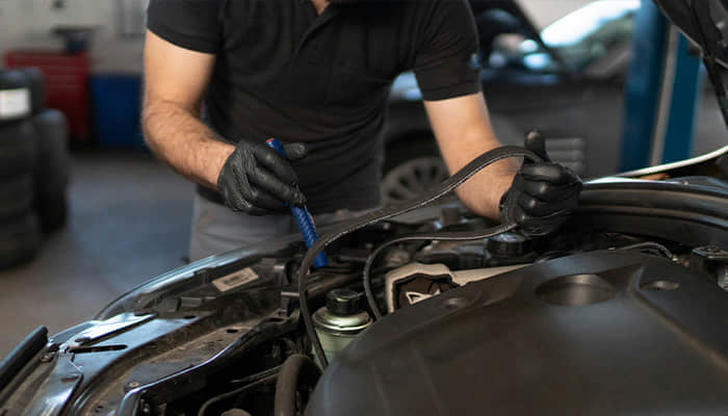
Belts and hoses are often out of sight, but they play a crucial role in keeping your vehicle running smoothly. Regularly check the serpentine belt, which powers various components such as the alternator and air conditioning. Look for signs of wear, like cracks, fraying, or glazing. A proactive replacement of a worn serpentine belt can prevent sudden breakdowns and costly repairs.
The timing belt is another critical component, especially if your engine relies on it to synchronize the crankshaft and camshaft. A worn timing belt can lead to severe engine damage if it breaks. Refer to your owner’s manual for the recommended replacement interval, which is usually between 60,000 and 100,000 miles, and replace it on schedule.
Hoses also require regular inspection. Check for cracks, bulges, or leaks that might indicate deterioration. A simple squeeze test can help identify soft or swollen hoses that need replacement. Ensure clamps are secure and rust-free to maintain proper connections and prevent leaks.
Address Suspension and Steering Issues
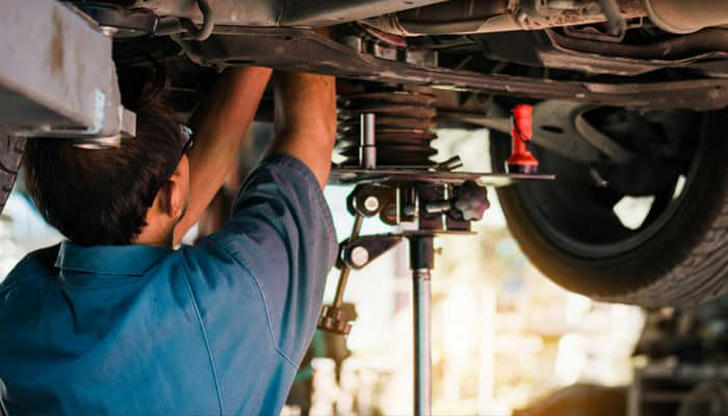
Maintaining your vehicle’s suspension and steering systems is vital for a comfortable and safe ride. Pay attention to any unusual noises such as clunks or squeaks when driving over bumps, as these can signal worn-out suspension components. Examine the shock absorbers and struts for leaks or damage, as malfunctioning parts can affect both ride quality and handling.
For steering concerns, check the steering linkage and tie rods. Any noticeable play or looseness in the steering wheel could indicate worn components. A steering wheel that feels loose can compromise vehicle control and safety. If your car drifts or pulls to one side, consider getting a wheel alignment or a thorough inspection of the steering system.
Additionally, monitor the power steering fluid level and inspect for leaks around the power steering pump and hoses. Low or contaminated power steering fluid can make steering more difficult and increase wear on the system. Regularly topping off and replacing the fluid as necessary will help keep your steering smooth and responsive.
